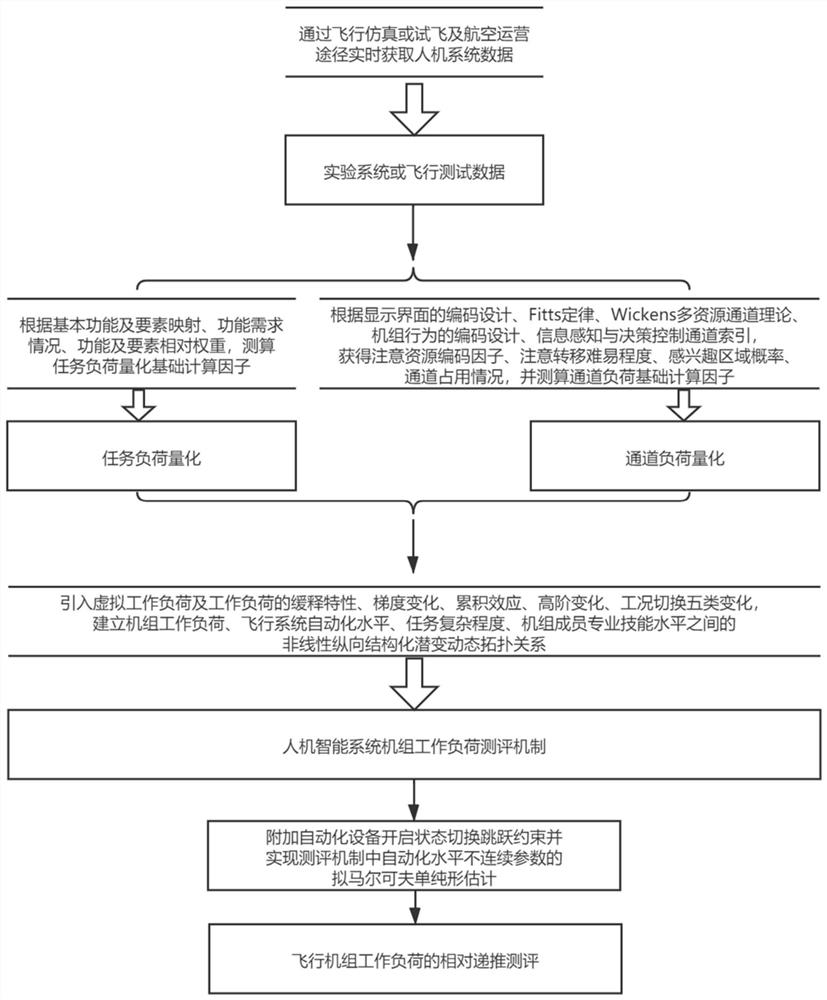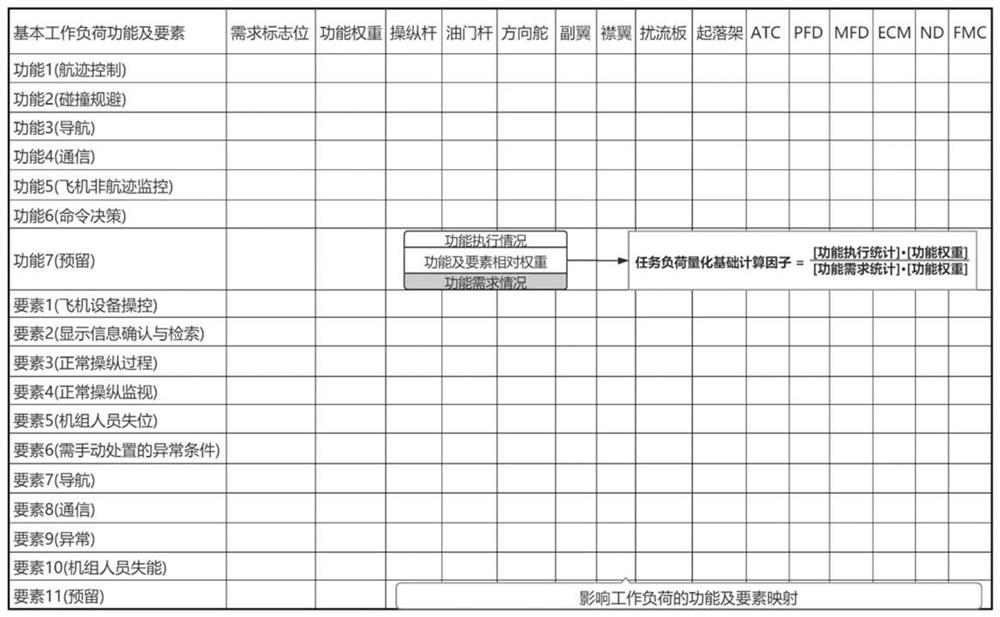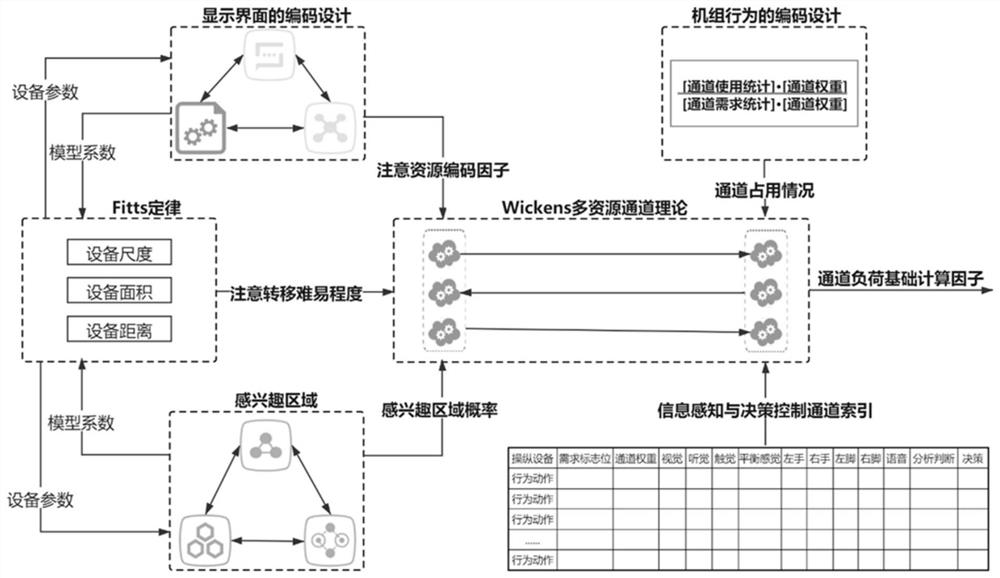A Load Forecasting Method for Units in Nonlinear Vertically Structured Human-Machine System
A vertical structure and unit load technology, applied in the aviation field, can solve problems such as difficult objective quantification, unreasonable assumptions, inability to apply aircraft design, airworthiness compliance verification, and aviation operations, so as to improve accuracy and robustness, Avoid Fragmentation, Avoid Subjectivity and Hysteresis Effects
- Summary
- Abstract
- Description
- Claims
- Application Information
AI Technical Summary
Problems solved by technology
Method used
Image
Examples
Embodiment Construction
[0061] The present invention will be described in detail below with reference to the accompanying drawings and specific embodiments.
[0062] like figure 1 As shown, the present invention provides a method for predicting unit load of human-machine system based on nonlinear longitudinal structural creep dynamic topology, which includes the following steps:
[0063] (1) Obtain human-machine system data under application scenarios, which include flight simulation, test flight, aviation operations, etc.; the human-machine system data includes aircraft status, crew operations, audio-visual monitoring, eye movement monitoring, etc.; These data together constitute the experimental system or flight test data, which is the basis for the subsequent calculation and evaluation of the present invention; the man-machine system includes a single-person crew, a two-person crew, a multi-person crew, and a flight system driven by a human-machine hybrid intelligent crew .
[0064] (2) Quantify...
PUM
 Login to View More
Login to View More Abstract
Description
Claims
Application Information
 Login to View More
Login to View More - R&D
- Intellectual Property
- Life Sciences
- Materials
- Tech Scout
- Unparalleled Data Quality
- Higher Quality Content
- 60% Fewer Hallucinations
Browse by: Latest US Patents, China's latest patents, Technical Efficacy Thesaurus, Application Domain, Technology Topic, Popular Technical Reports.
© 2025 PatSnap. All rights reserved.Legal|Privacy policy|Modern Slavery Act Transparency Statement|Sitemap|About US| Contact US: help@patsnap.com



